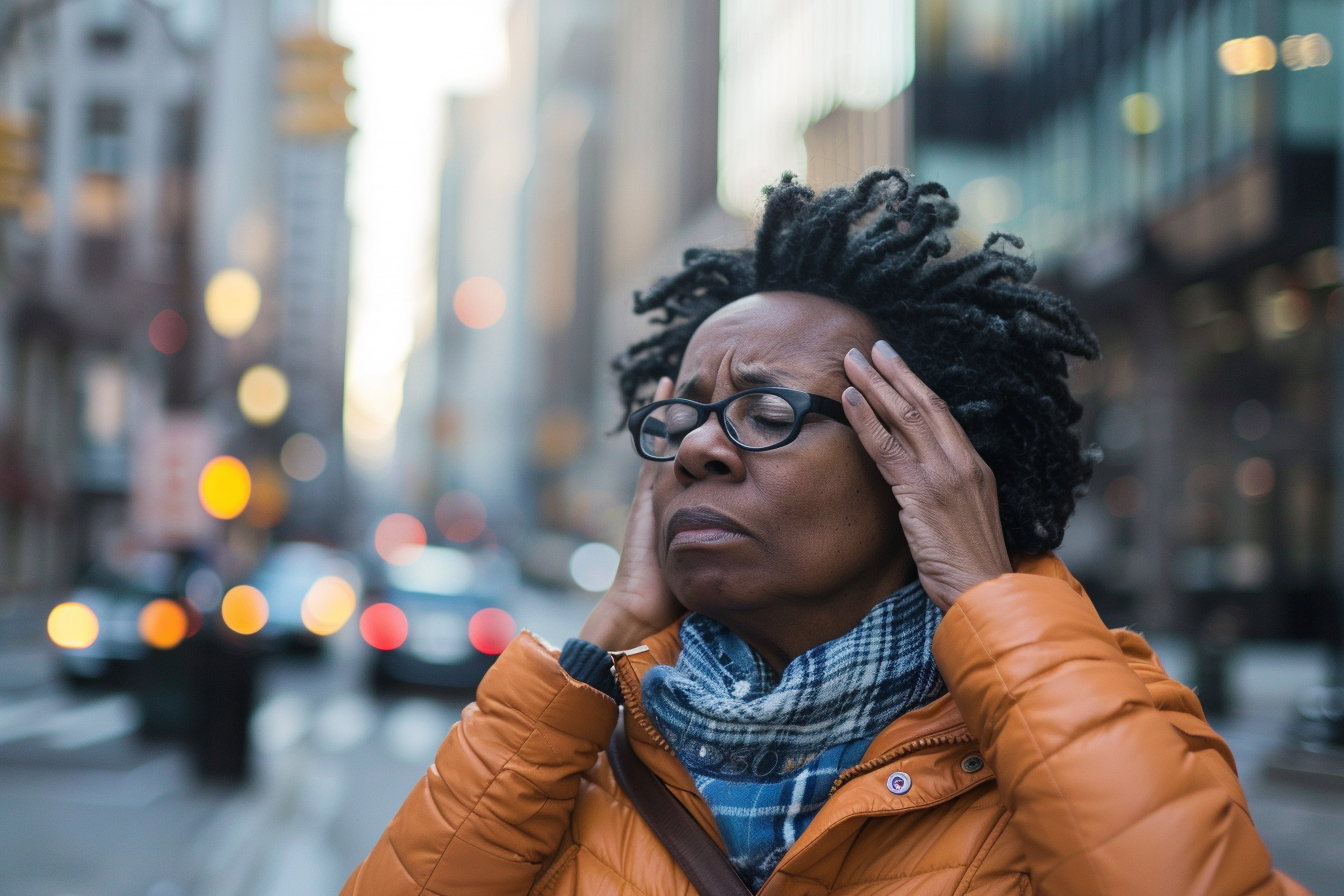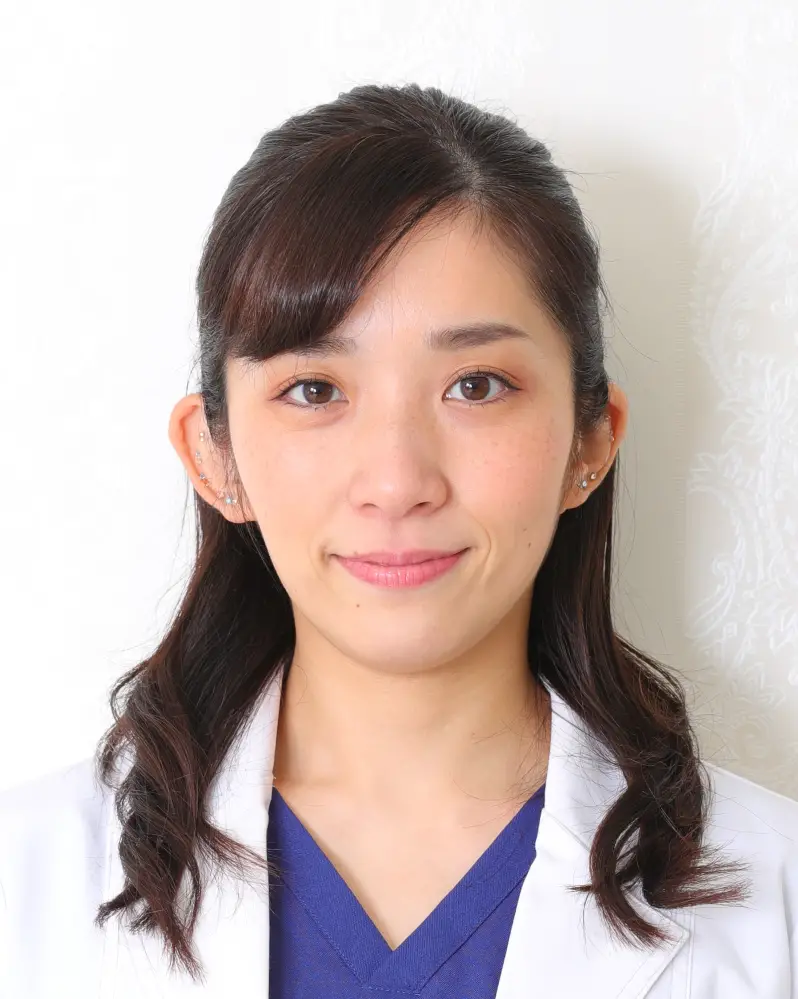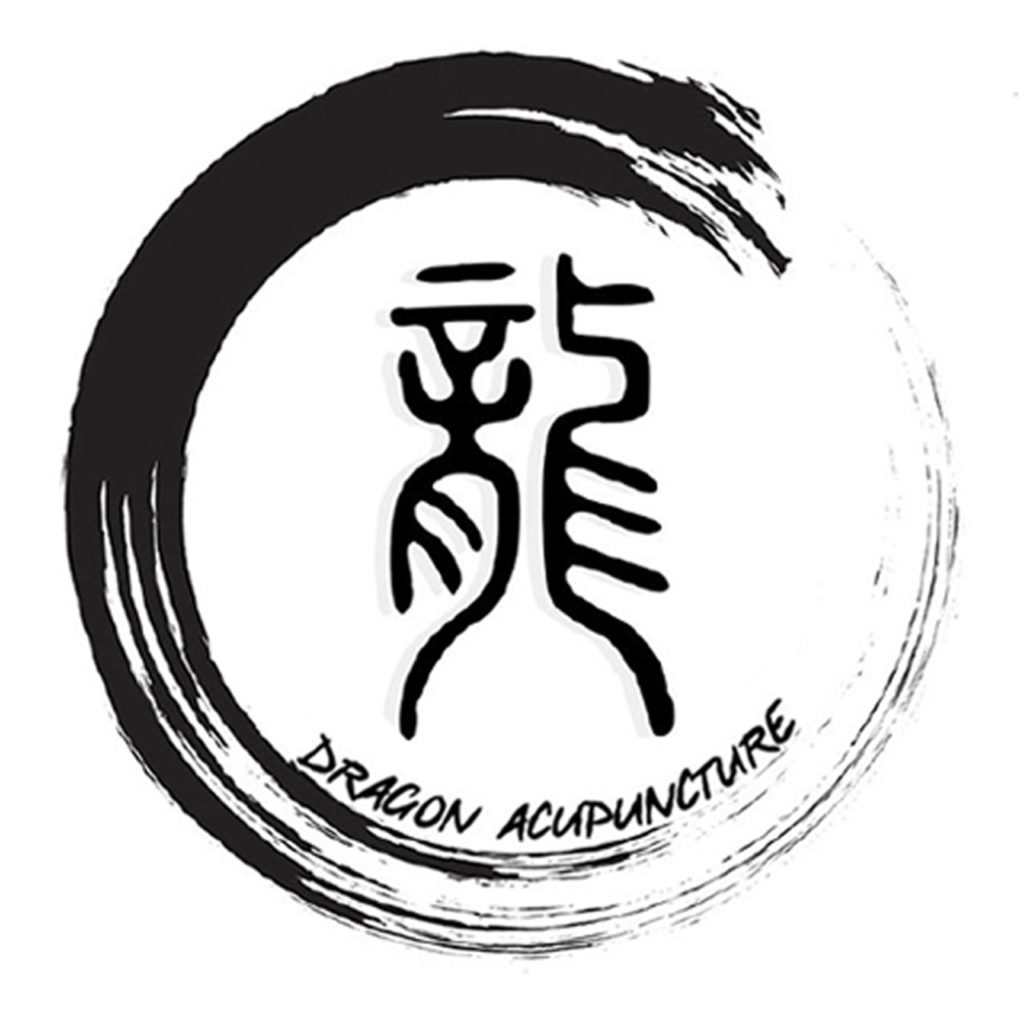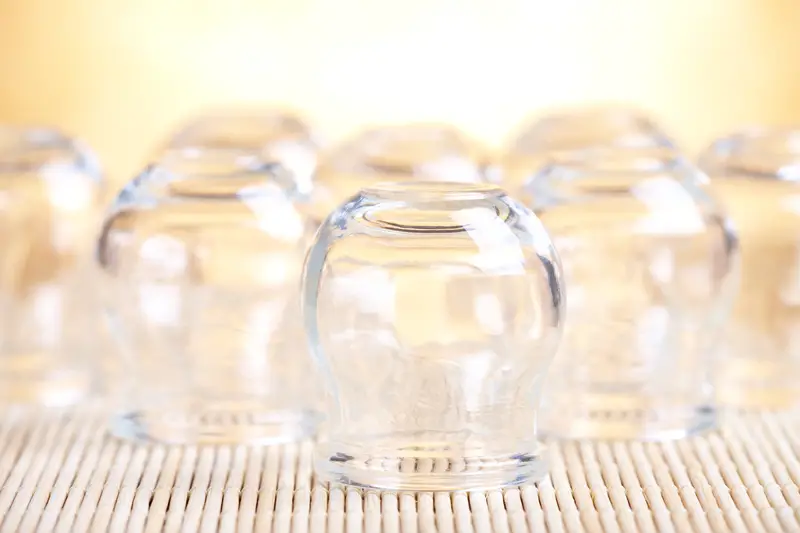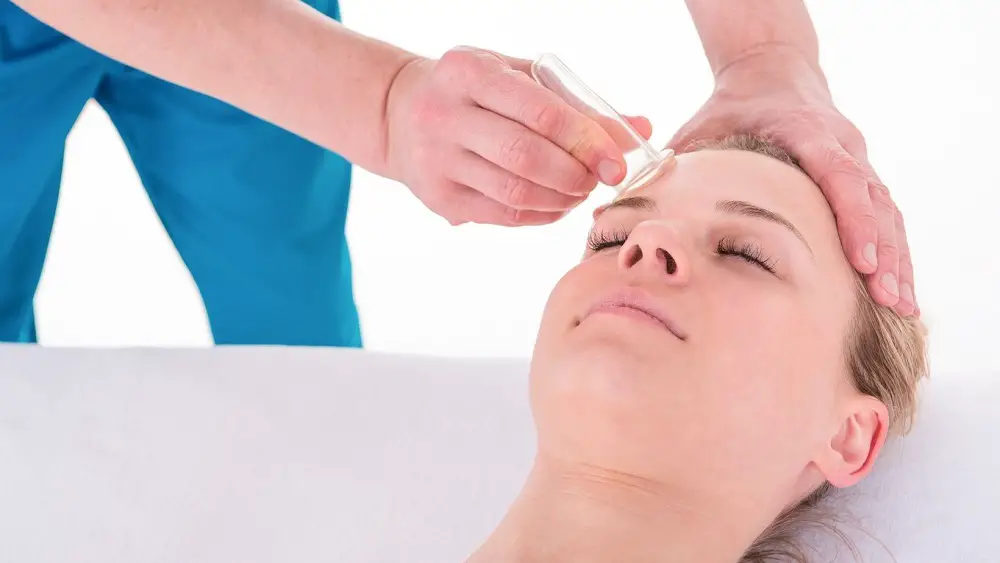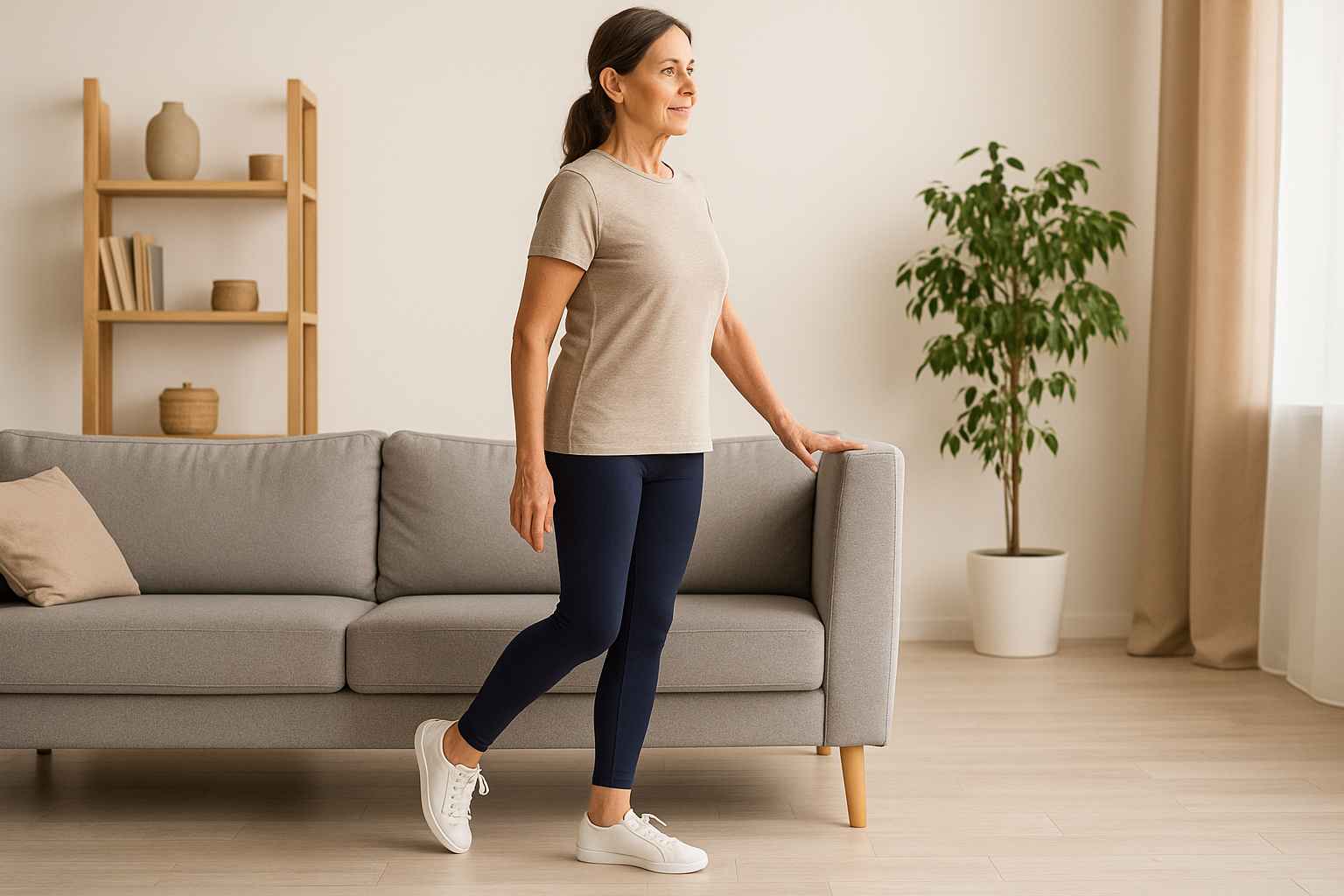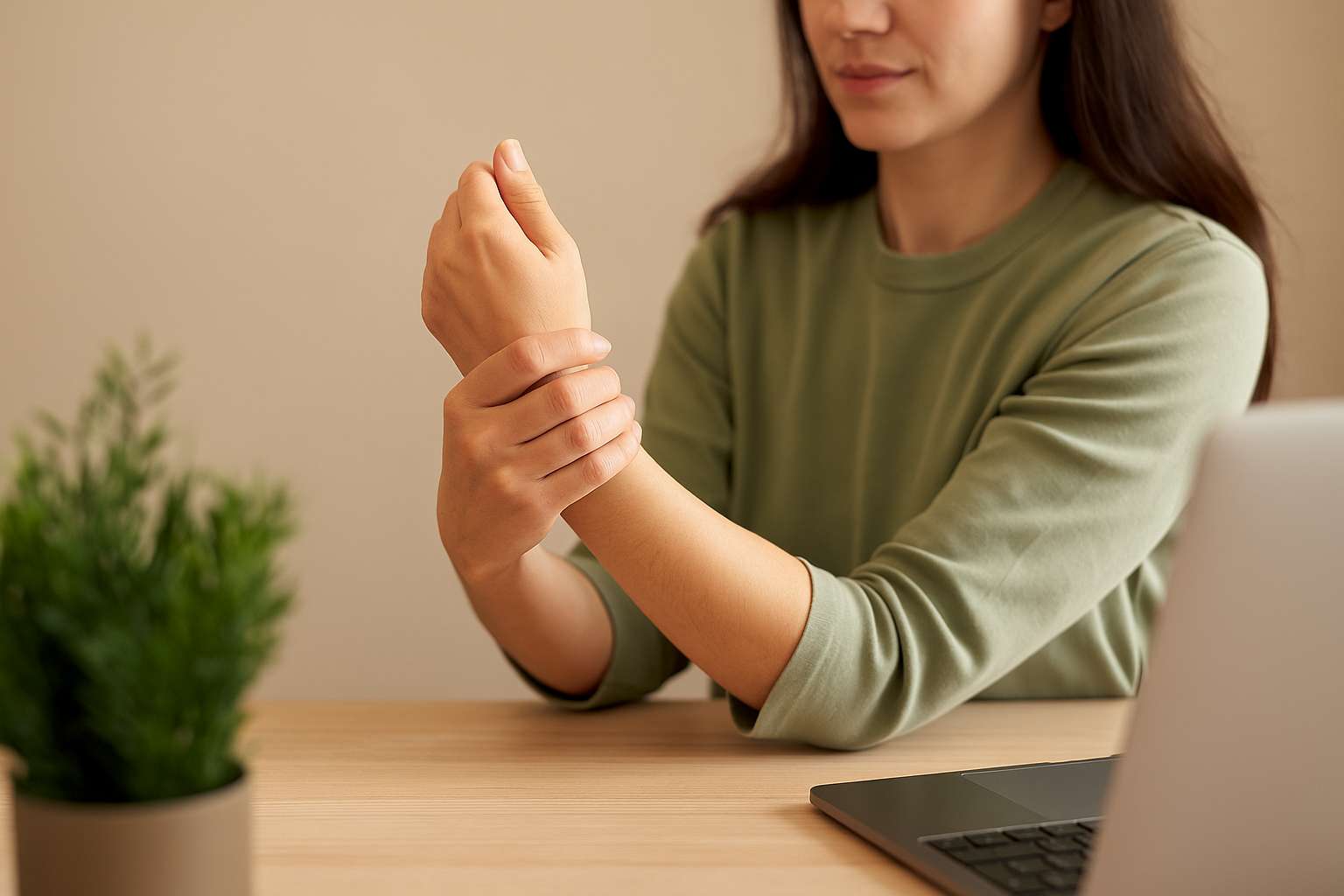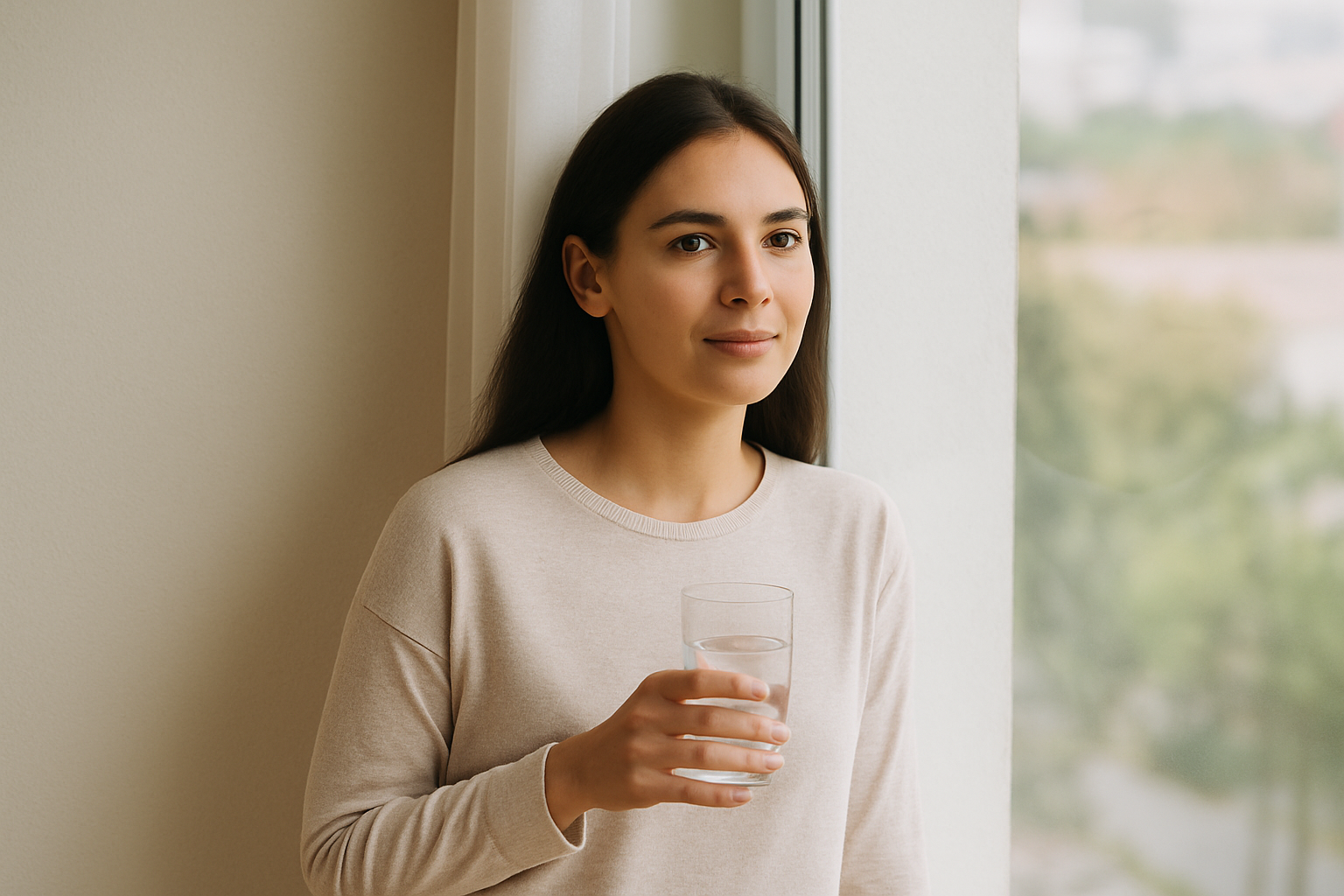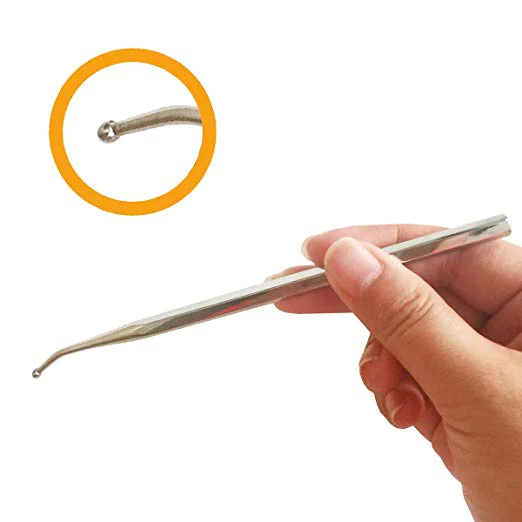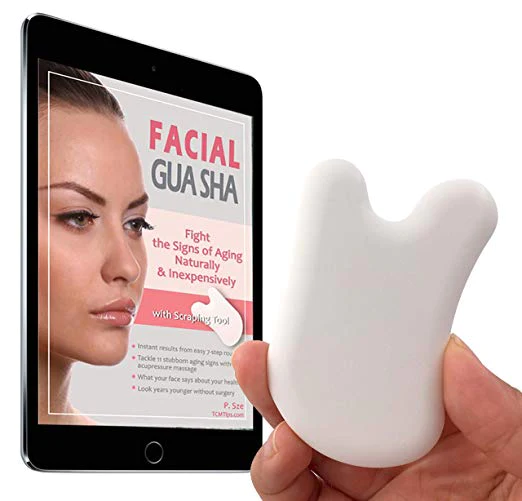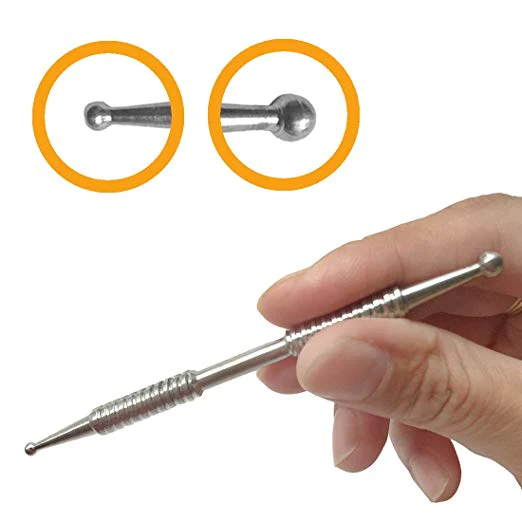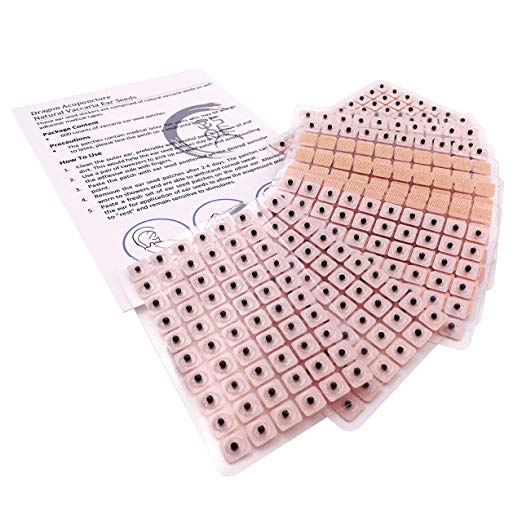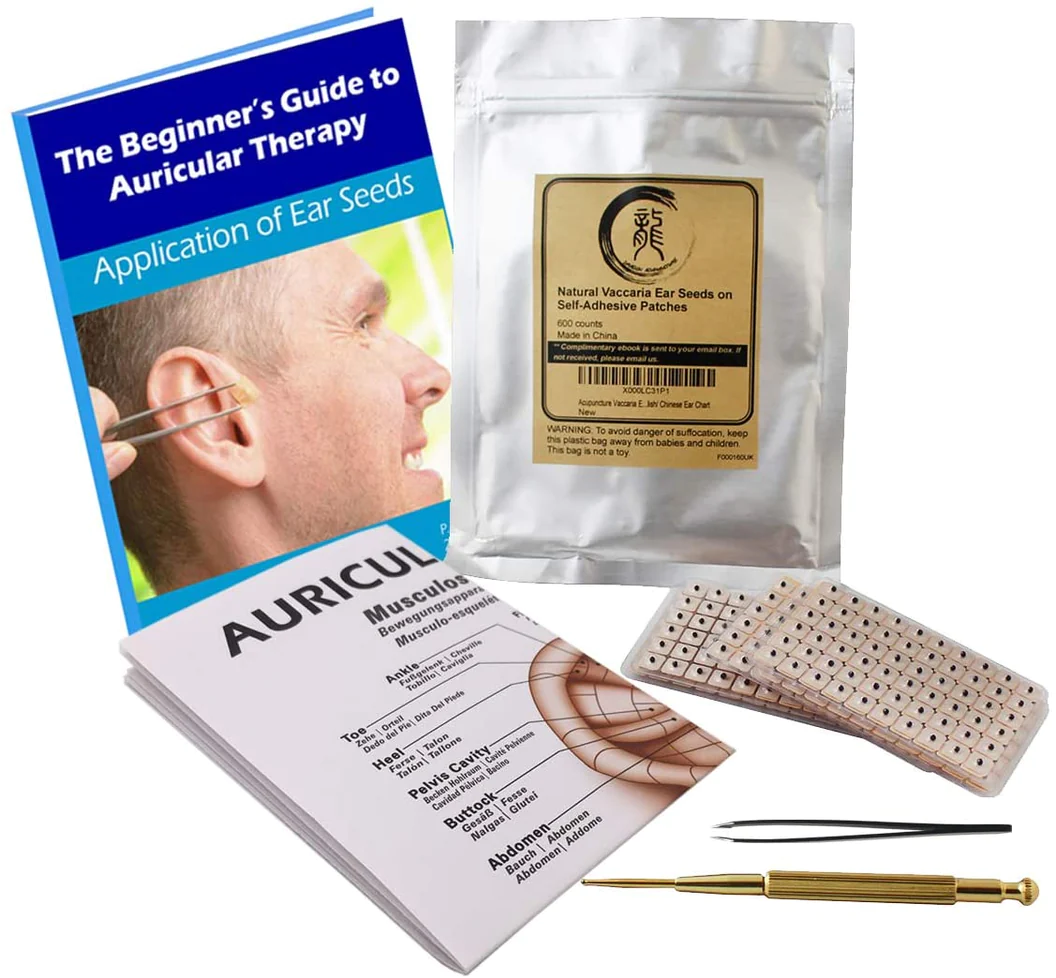Effective Acupressure Points for Dizziness Relief and Balance Maintenance
Dizziness can significantly impact daily life, particularly as we age. Traditional Chinese Medicine (TCM) offers a natural approach to maintaining stability and preventing dizziness through acupressure. By stimulating specific acupressure points, you can improve circulation, balance energy flow, and enhance overall well-being.
To gain expert insight, we consulted Ms. Mai Sogawa, a skilled TCM therapist from Japan. She recommends using acupressure to support balance and prevent dizziness, emphasizing the importance of consistency. If you’re new to this technique, our comprehensive acupressure guide provides essential information on its benefits and techniques.
Below are seven powerful acupressure points to help maintain balance and prevent dizziness, along with guidance on how to use them effectively.
Bai Hui (GV-20) – The Balance Regulator
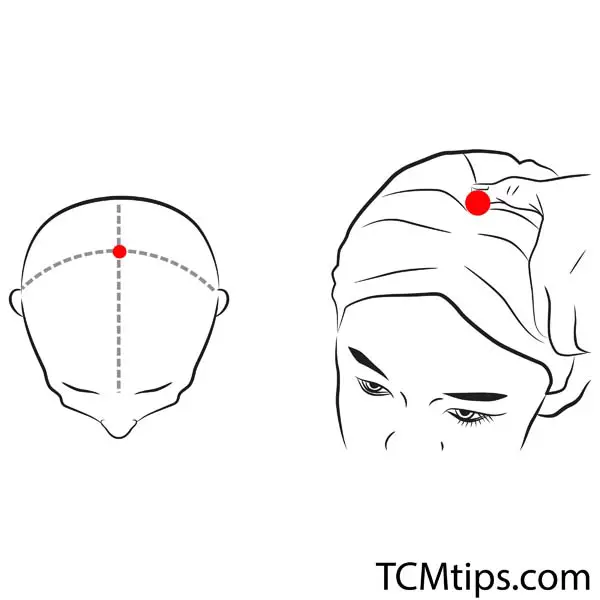
Location: At the top of the head, in line with the midpoint of both ears.
Benefits: Bai Hui is known for its ability to stabilize the mind and improve circulation in the brain. Stimulating this point can help alleviate dizziness and lightheadedness by enhancing blood flow and energy balance.
How to Use:
- Use your index and middle fingers to press gently for 1–2 minutes.
- Apply circular motions while taking deep breaths.
- Repeat twice a day for optimal results.
Shen Yu (BL-23) – Kidney Energy Booster
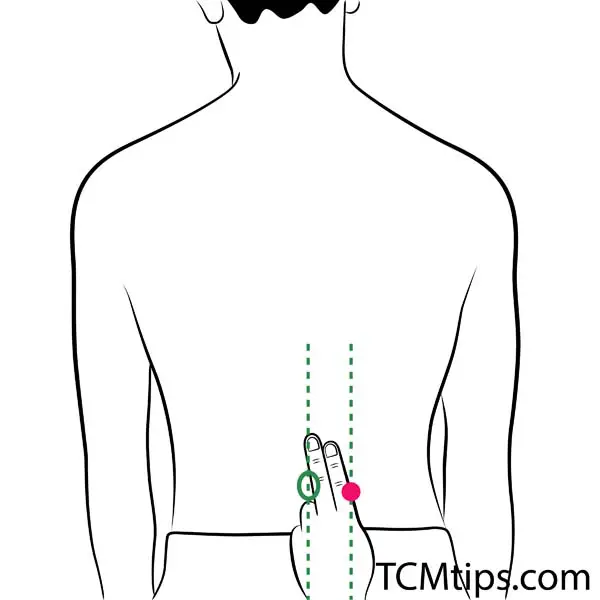
Location: On the lower back, about two finger widths from the spine on both sides.
Benefits: The kidneys play a vital role in TCM in governing balance and inner ear health. Stimulating Shen Yu helps strengthen kidney energy, reducing dizziness caused by weakness or fatigue.
How to Use:
- Apply firm pressure using your thumbs for about 1–2 minutes.
- Massage the area with small circular motions.
- Perform once or twice daily, ideally in the morning or before bed.
Feng Chi (GB-20) – The Anti-Dizziness Point
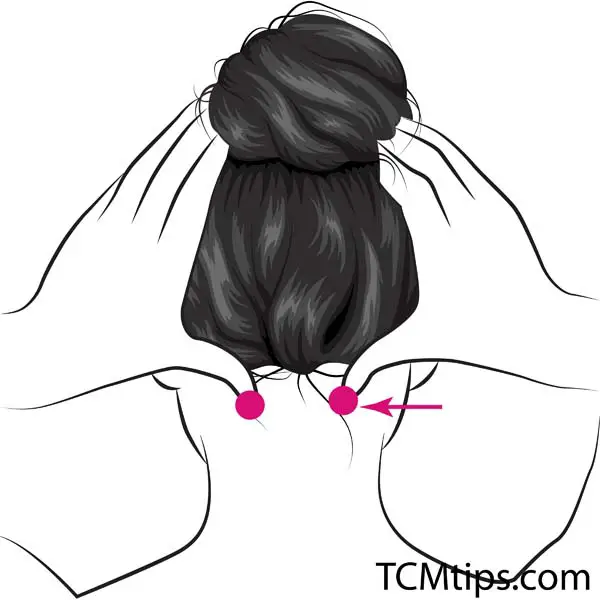
Location: In the hollow between the base of the skull and the top of the neck, about two finger widths from the midline.
Benefits: Feng Chi is well-known for its ability to relieve dizziness, headaches, and vertigo by promoting blood circulation in the brain.
How to Use:
- Press both points simultaneously using your thumbs.
- Apply firm but comfortable pressure for about 1–2 minutes.
- Use slow circular motions while breathing deeply.
Er Men (TE-21) – The Inner Ear Balancer
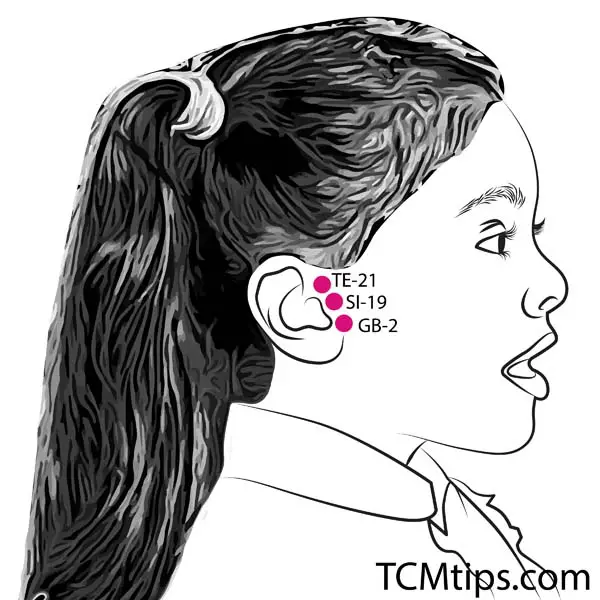
Location: In front of the ear, just above the tragus (the small flap covering the ear canal).
Benefits: Er Men helps with ear-related dizziness, tinnitus, and balance disorders by improving inner ear function.
How to Use:
- Apply gentle but steady pressure with your index fingers.
- Hold for 1–2 minutes while keeping your breathing steady.
- Repeat twice daily, especially if you experience frequent dizziness.
Ting Hui (GB-2) – The Hearing and Balance Enhancer
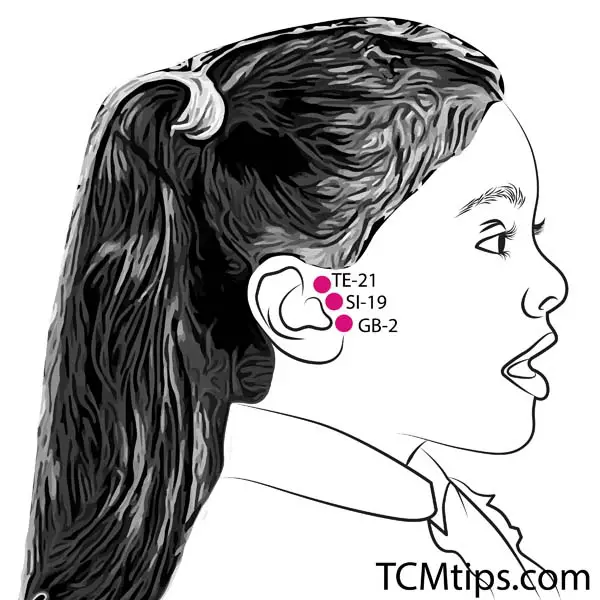
Location: Slightly below Er Men, in front of the ear, where a depression appears when the mouth is slightly open.
Benefits: Ting Hui is effective in treating dizziness caused by inner ear imbalances, as well as reducing symptoms of tinnitus.
How to Use:
- Apply moderate pressure using your index fingers.
- Hold for 1–2 minutes, focusing on deep breathing.
- Stimulate this point daily for consistent benefits.
Ting Gong (SI-19) – The Clear Hearing Point
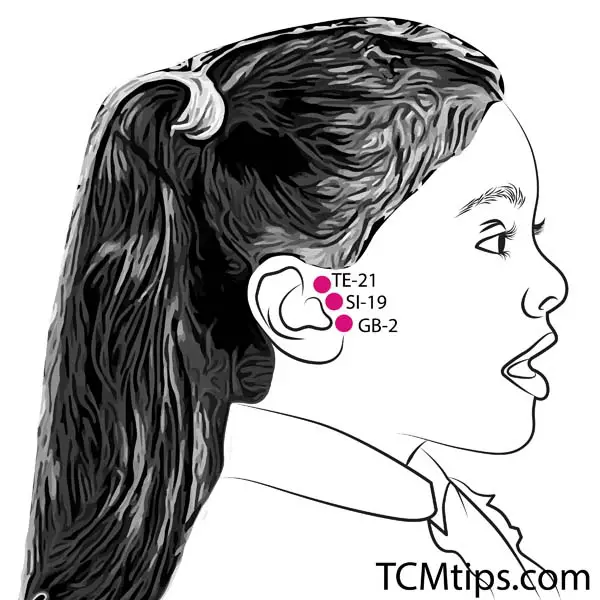
Location: Right in front of the ear, in line with the ear canal.
Benefits: This point is closely related to auditory function and balance, making it useful for dizziness linked to hearing issues.
How to Use:
- Press gently for 1–2 minutes while taking deep breaths.
- Massage the area lightly in circular motions.
- Use this technique once or twice daily for best results.
Tou Wei (ST-8) – The Head Clarity Point
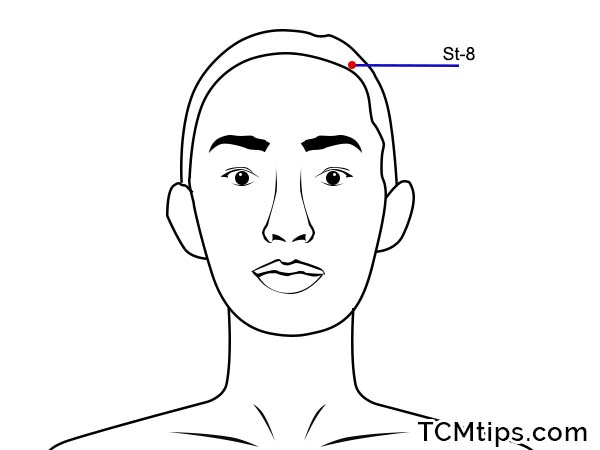
Location: Near the temple, at the corner of the forehead where the hairline meets the side of the head.
Benefits: Tou Wei helps clear head congestion and reduce dizziness related to stress, sinus issues, or poor circulation.
How to Use:
- Apply light pressure using your fingertips.
- Massage in small circular motions for 1–2 minutes.
- Repeat daily for enhanced mental clarity.
How Often Should You Use Acupressure for Dizziness?
Ms. Mai Sogawa suggests performing these acupressure techniques daily to maintain balance and prevent dizziness. The key is consistency—choose a convenient time each day to incorporate these points into your routine.
By regularly stimulating these acupressure points, you can improve circulation, stabilize your body’s energy flow, and maintain better balance as you age. If dizziness persists or worsens, consulting a TCM practitioner or medical professional is recommended.
Would you like to learn more about natural methods for improving balance and well-being? Explore our other TCM tips for holistic health!
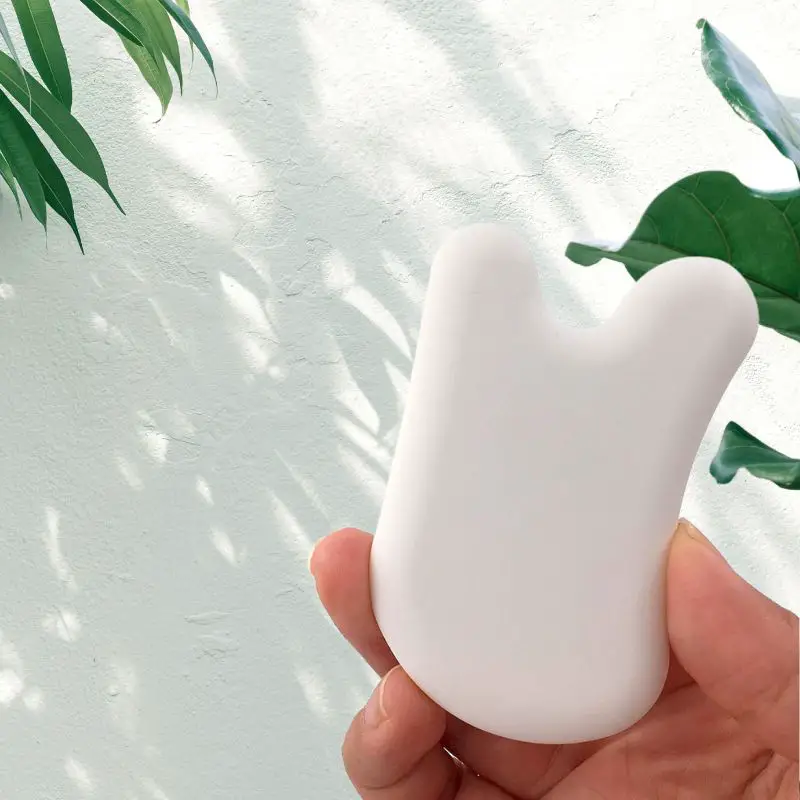
Try our Anti-Aging Gua Sha Tool designed to bring out your skin’s natural glow.
Best Gua Sha Product- Anti-Aging: The tool is designed to target 11 specific aging signs such as wrinkles and sagging skin. By following the 7-step routine, users can improve skin firmness and reduce fine lines naturally.
- Enhances Skincare Routine: It works effectively with serums and lotions, boosting absorption and efficacy of skincare products.
- Visible Skin Improvement: Users can expect a smoother complexion, reduced puffiness, and a more youthful appearance.
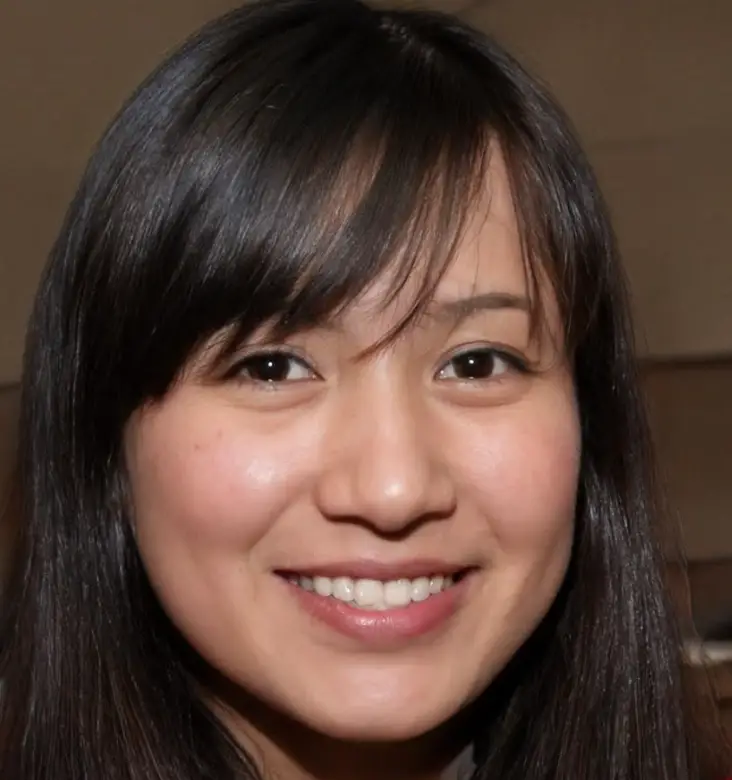 P. Sze
P. Sze 